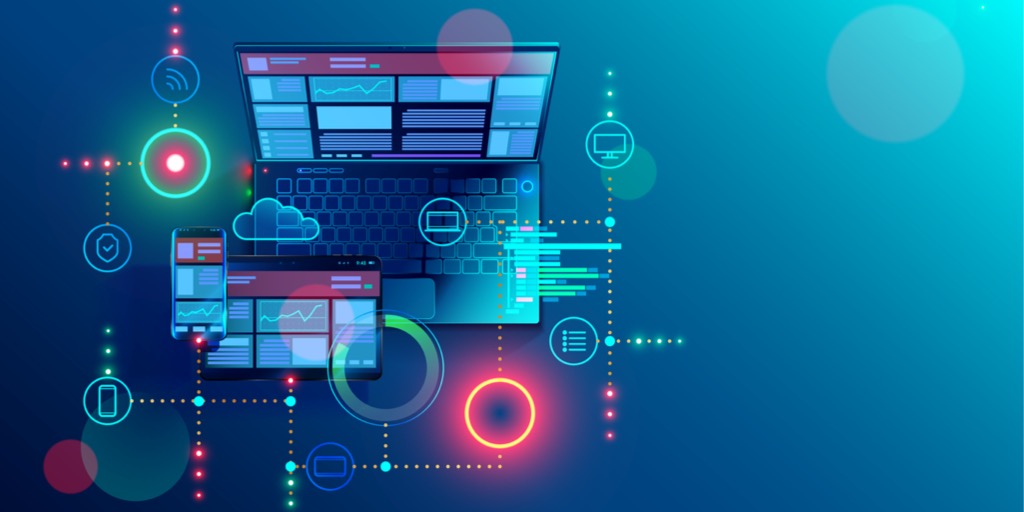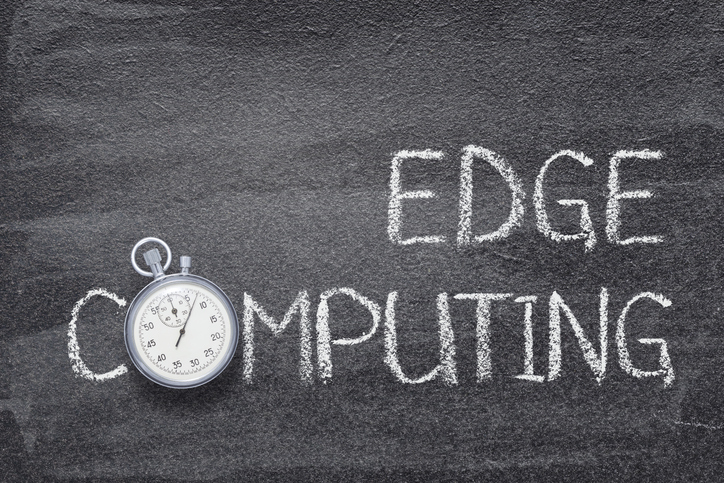9 Trends That Will Impact Your IT Network
Data centric operations are changing the way we work – and placing new demands on your IT network. Here are nine new trends you need to be aware of – can your current network cope? 1. Cloud hosted apps The unbeatable flexibility provided by public cloud platforms makes them ideal for new app deployments. Containerisation […]
9 Trends That Will Impact Your IT Network Read More »



